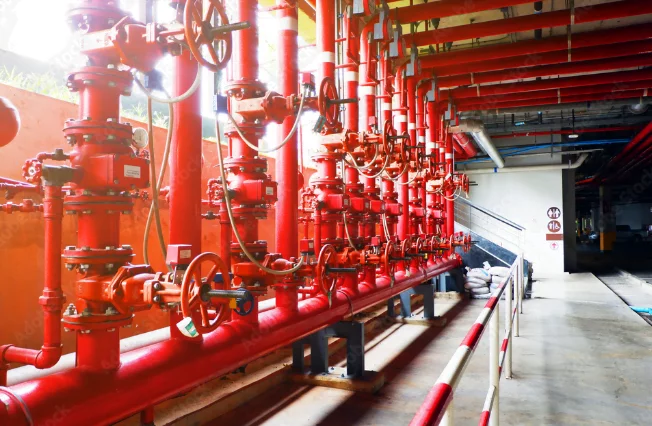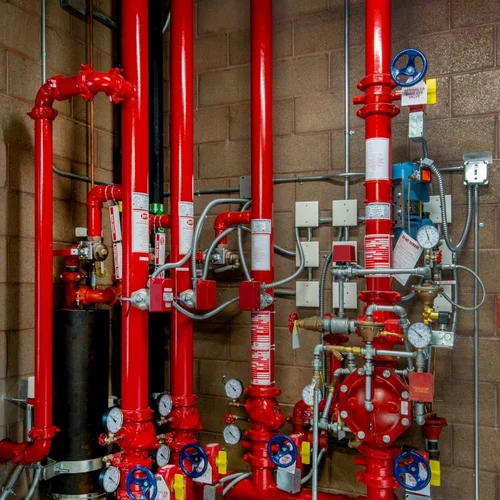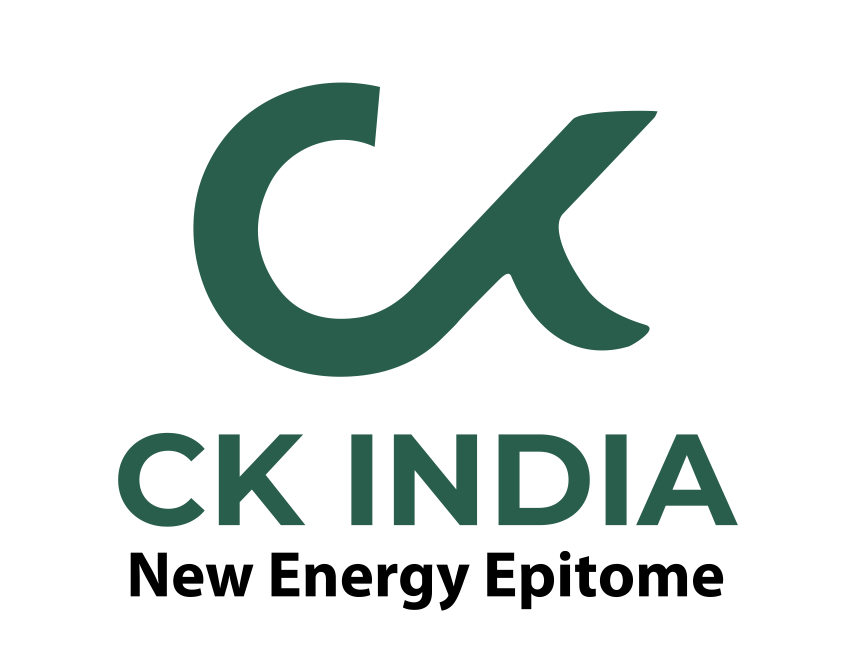Our Services
Services
Plumbing & Fire Fighting Solutions
Plumbing and fire fighting solutions are crucial for ensuring the safety, comfort, and functionality of residential, commercial, and industrial spaces. Here’s an overview of both:
Plumbing Solutions
- Water Supply Systems:
- Piping Installation & Maintenance: Properly sized and installed pipes for delivering water to different parts of the building.
- Water Treatment: Ensuring water quality through filtration and treatment systems.
- Pump Systems: Water pumps for increasing water pressure in buildings, particularly in high-rise structures.
- Drainage Systems:
- Sewage and Wastewater Disposal: Safe and effective drainage for sewage and wastewater, preventing clogs and blockages.
- Stormwater Drainage: Managing rainwater and preventing flooding through well-planned stormwater systems.
- Sewer Line Inspections and Cleaning: Ensuring pipes are clear and functioning to prevent system failures.
- Fixture Installation and Maintenance:
- Installation and upkeep of faucets, sinks, toilets, showers, bathtubs, and other plumbing fixtures.
- Leak Detection and Repair:
- Identifying leaks and performing timely repairs to prevent water wastage and damage to property.
- Gas Piping:
- Installation and maintenance of gas pipelines for appliances like stoves, water heaters, and heaters.
- Water Heating Solutions:
- Installation and repair of water heaters, including solar, electric, and gas-powered models.
Fire Fighting Solutions:
- Fire Detection and Alarm Systems:
- Smoke and Heat Detectors: Early warning systems to detect fire or smoke, ensuring timely evacuation and response.
- Fire Alarms and Sirens: Alerts to inform building occupants and the fire department of a potential fire.
- Fire Suppression Systems:
- Sprinkler Systems: Automatic sprinklers that activate when heat levels rise to suppress fires.
- Fire Extinguishers: Portable devices for quickly putting out small fires.
- Fire Hose Reels and Hydrants: Installed for manual fire-fighting by occupants or emergency services.
- Deluge Systems: Used in high-risk areas, releasing a large volume of water over a wide area.
- Fire Pumps and Water Supply:
- Fire Pumps: Essential to ensure a reliable and sufficient water supply for sprinklers, hydrants, and hoses during a fire.
- Tank Storage: Water storage tanks for fire-fighting purposes, ensuring water is readily available in case of emergency.
- Smoke Control and Ventilation:
- Smoke Extraction Systems: Prevent the spread of smoke by controlling ventilation systems to safely remove smoke from buildings.
- Pressurization Systems: Maintain pressure in specific areas to prevent smoke from entering escape routes.
- Fire Safety Equipment:
- Emergency Lighting: Ensuring the building is well-lit during an emergency, helping people find exits.
- Fire Blankets: For smothering small fires, especially in kitchens or on clothing.
- Escape Routes and Signage: Clearly marked exits and routes for safe evacuation.
Integrated Solutions:
- Building Automation: Modern buildings integrate plumbing and fire safety systems into a central control panel, allowing for monitoring and automation of alarms, water usage, and fire suppression.
- Maintenance Contracts: Many companies offer ongoing maintenance contracts for both plumbing and fire safety systems, ensuring regular checks and quick fixes if issues arise.
These solutions are designed to provide safety and convenience while minimizing risks and damages. Whether for a home or a commercial space, the correct plumbing and fire-fighting infrastructure is essential for day-to-day operations and long-term safety.


Factors to consider
When considering fire fighting solutions, several factors need to be evaluated to ensure the effectiveness of the system in protecting people, property, and assets. Here are the key factors to consider:
1. Type of Building or Facility
- Residential: Homes or apartments may require smaller systems like smoke detectors, fire extinguishers, and basic sprinkler systems.
- Commercial/Industrial: Larger, more complex systems are needed for businesses, warehouses, factories, or hospitals. These may include fire alarms, sprinklers, fire suppression systems, and fire pumps.
- High-Rise Buildings: Tall buildings need additional systems like pressurized stairwells, smoke extraction systems, and larger water supply infrastructure.
2. Local Fire Safety Regulations and Codes
- Local building codes and fire safety regulations dictate the minimum requirements for fire safety systems. It’s important to ensure compliance with these regulations, which may vary by location and building type.
- Consider codes like NFPA (National Fire Protection Association) or your local fire department guidelines for specific requirements on fire detection, alarms, suppression, and prevention.
3. Fire Risk Assessment
- Fire Hazard Identification: Understand the fire hazards within the space (e.g., electrical systems, flammable materials, kitchen areas). This helps determine the appropriate fire fighting methods.
- Occupancy Type: Different occupancy types (e.g., residential, office, industrial) will affect the choice of fire fighting solutions, as the risks and needs vary.
- Fire Load: This refers to the amount of combustible material present in the building. More combustible materials may require a higher level of fire suppression capacity.
4. Fire Detection Systems
- Smoke Detectors: Ensure smoke detectors are installed in key areas such as hallways, bedrooms, kitchens, and offices.
- Heat Detectors: Used in environments where smoke detectors may not be appropriate, such as kitchens or boiler rooms.
- Fire Alarm Systems: A comprehensive system that alerts occupants and fire services. It should be loud enough to be heard in all areas and connected to a central monitoring station if needed.
5. Fire Suppression Systems
- Sprinkler Systems: Automatic systems that spray water when a fire is detected. Consider the layout of the building to ensure complete coverage, including areas with higher fire risk (e.g., kitchens, warehouses).
- Water-based Systems: In some cases, water alone may not be effective, so other suppression agents like foam or CO2 may be needed.
- Fire Extinguishers: Ensure that the correct type of extinguisher is available for the hazards (e.g., water, CO2, powder, foam, or wet chemical).
- Fire Hose Reels and Hydrants: In larger facilities, these can help manual firefighting efforts, and should be positioned for easy access.
- Gas Suppression Systems: For facilities with electrical equipment or server rooms, using clean agents like FM-200 or Inergen that do not damage equipment is important.
6. Water Supply and Fire Pump Systems
- Water Availability: Ensure an adequate water supply for firefighting systems. This may involve connecting to a municipal water supply or installing a dedicated water storage tank.
- Fire Pumps: Ensure the presence of fire pumps to maintain water pressure in sprinkler systems, hydrants, or hose reels during a fire.
- Backup Systems: There should be backup power for the fire pump system to operate in case of power failure.
A well-designed fire fighting solution is critical for any building. It should be tailored to the building’s needs, comply with local regulations, and include effective systems for detection, suppression, and evacuation. Regular maintenance and training ensure these systems remain effective in case of an emergency.
